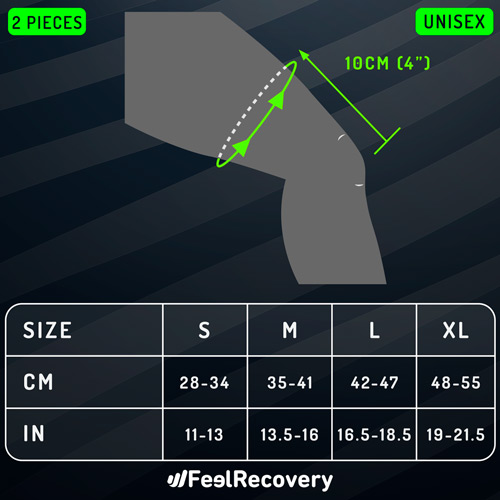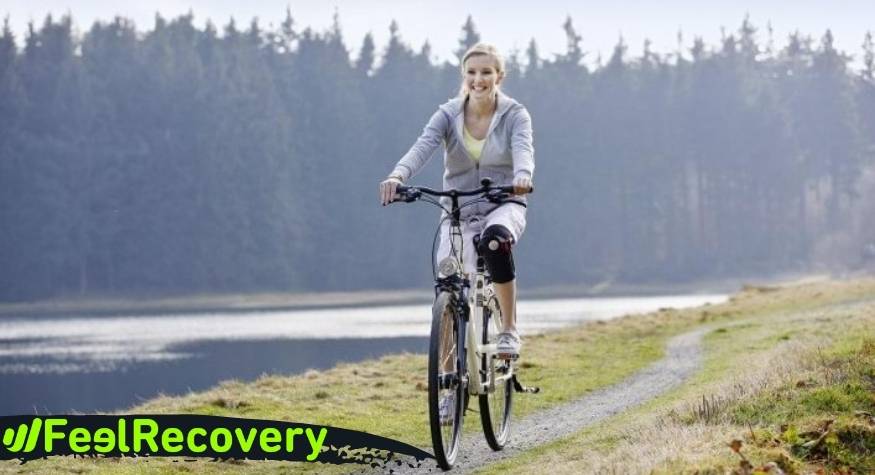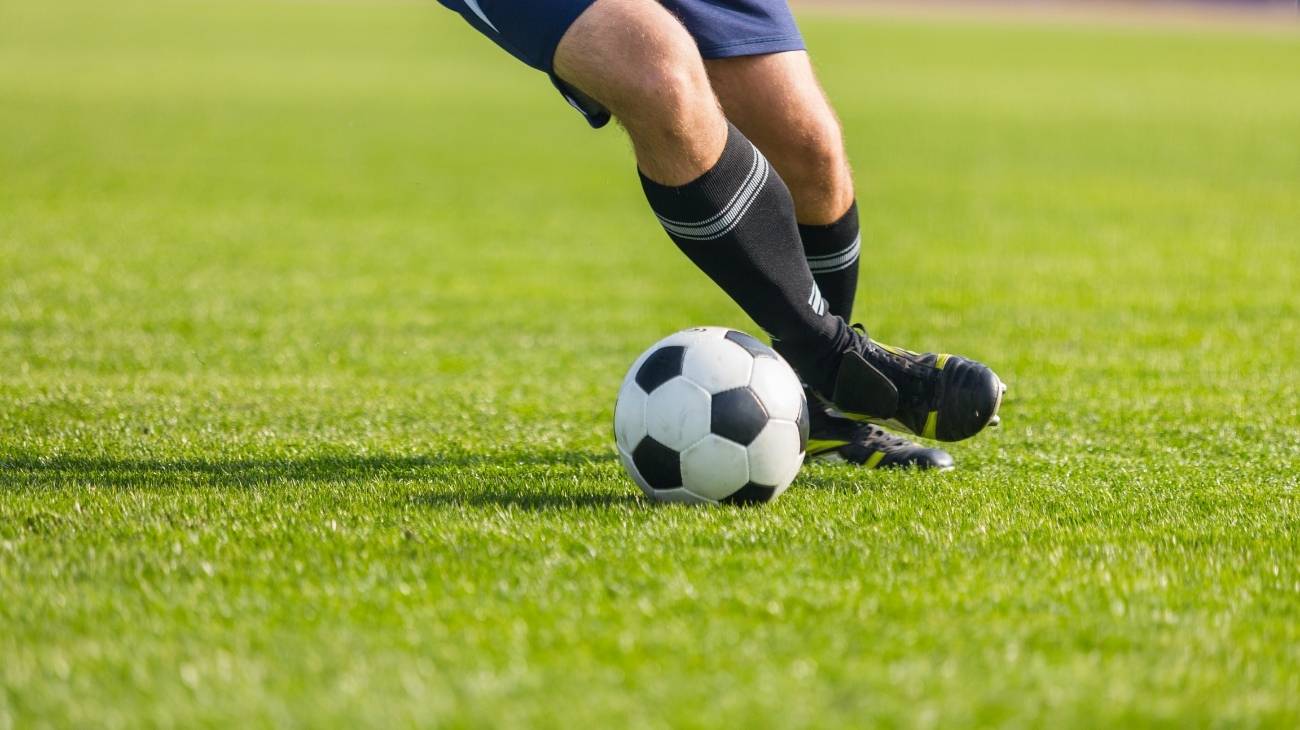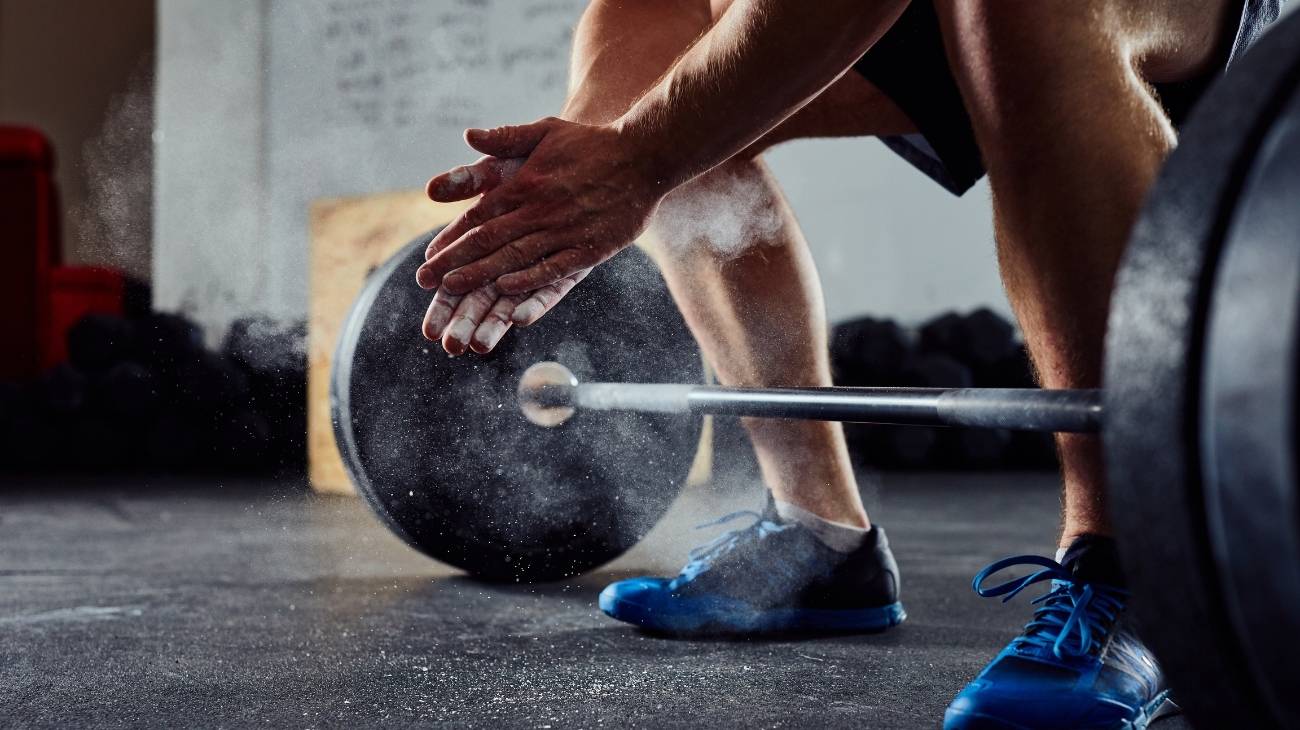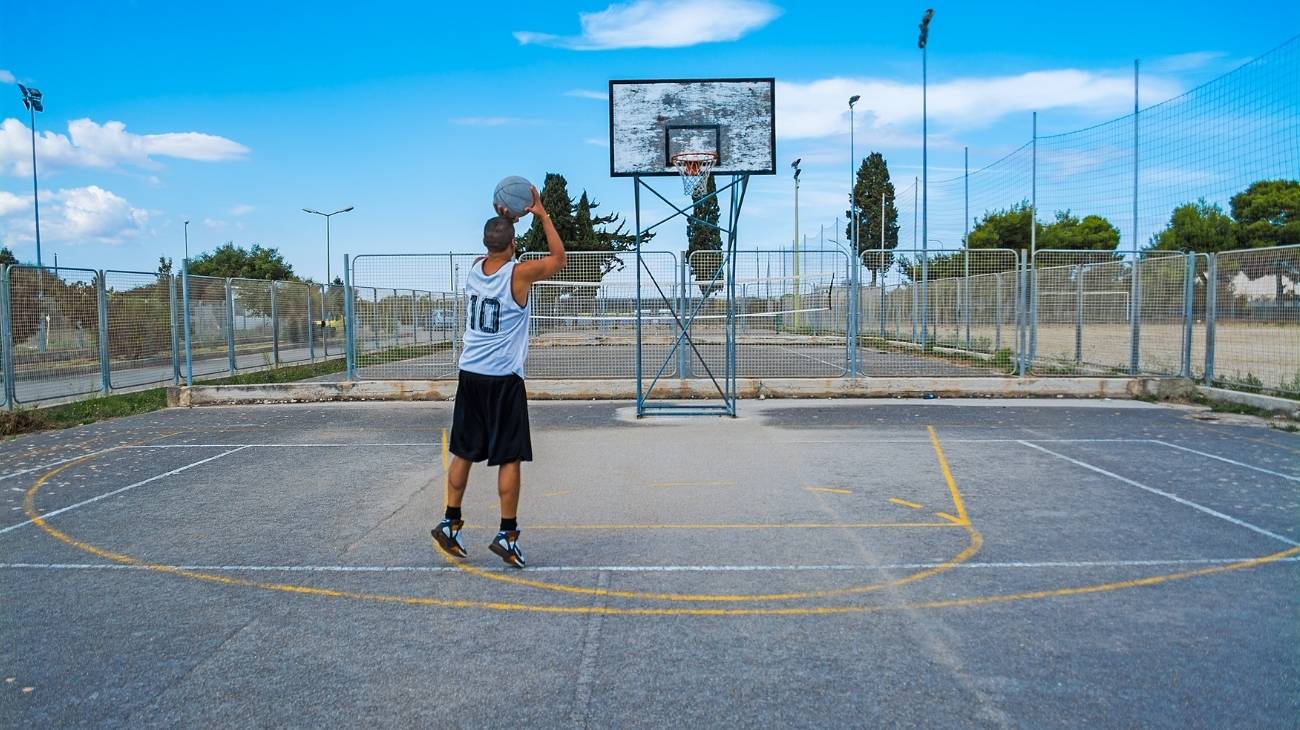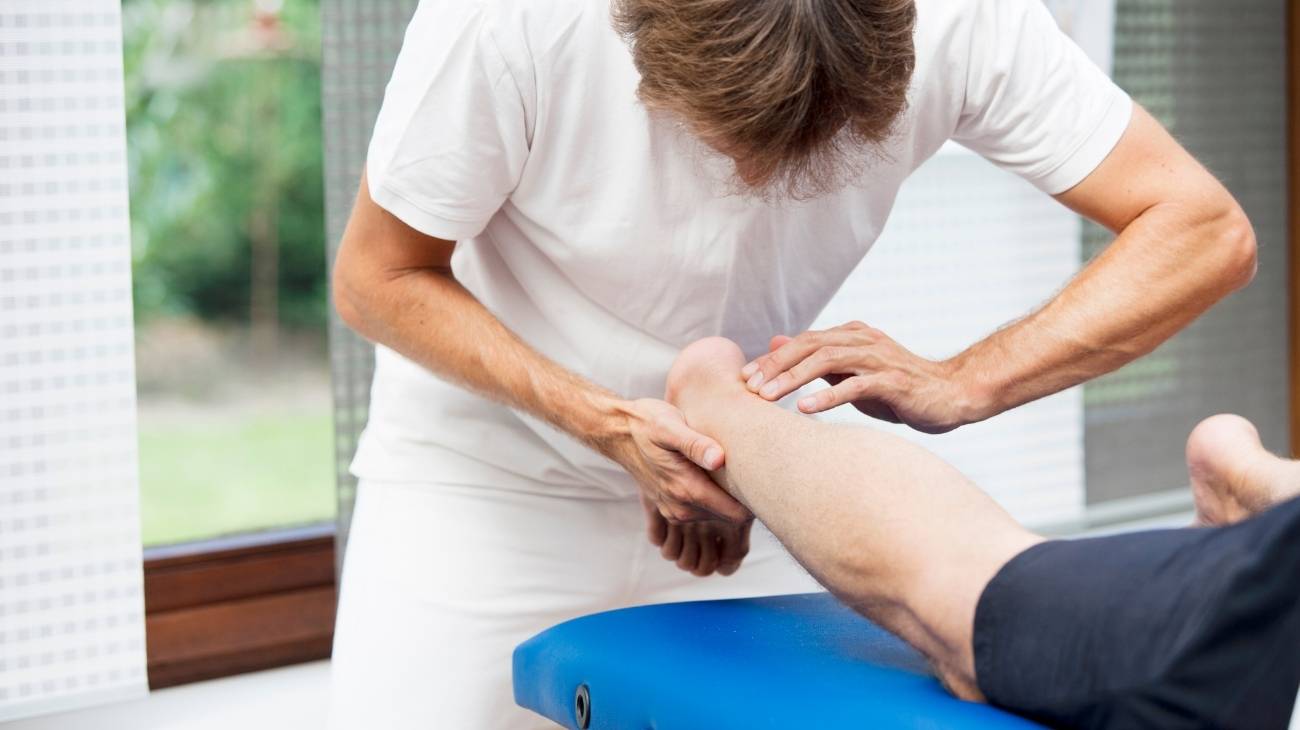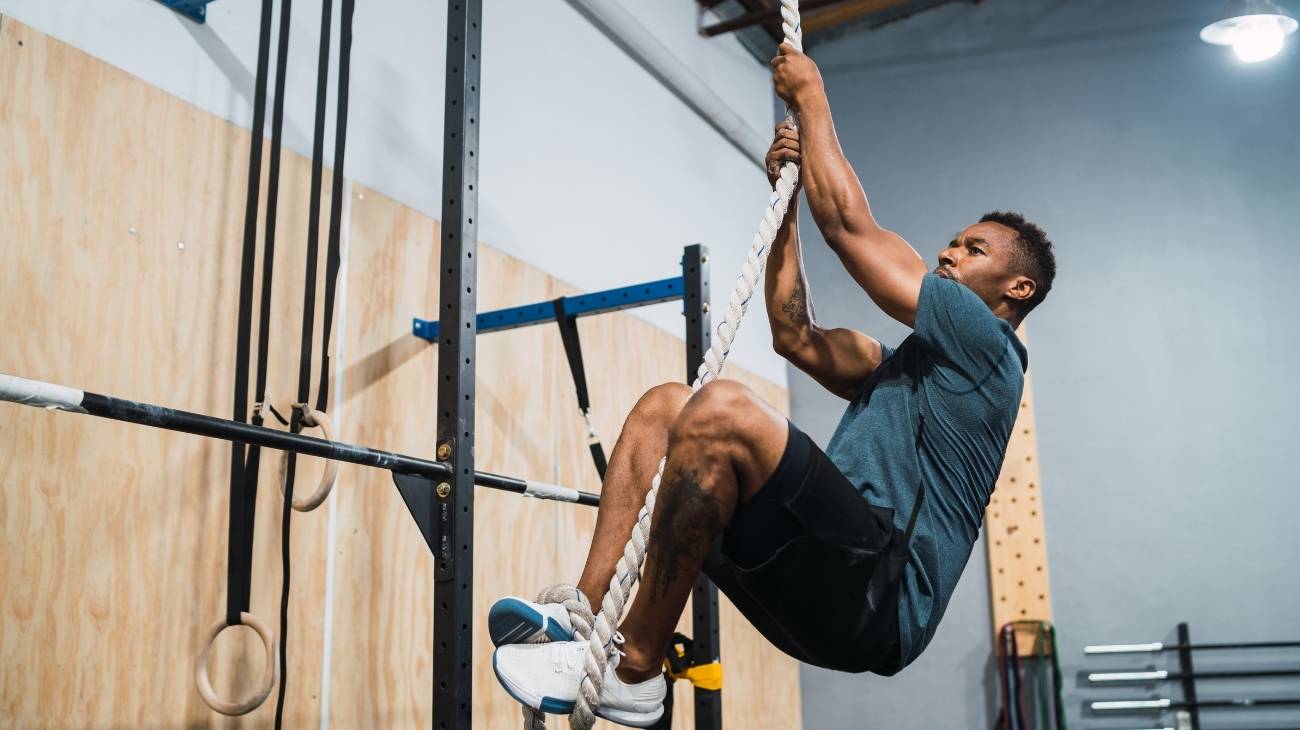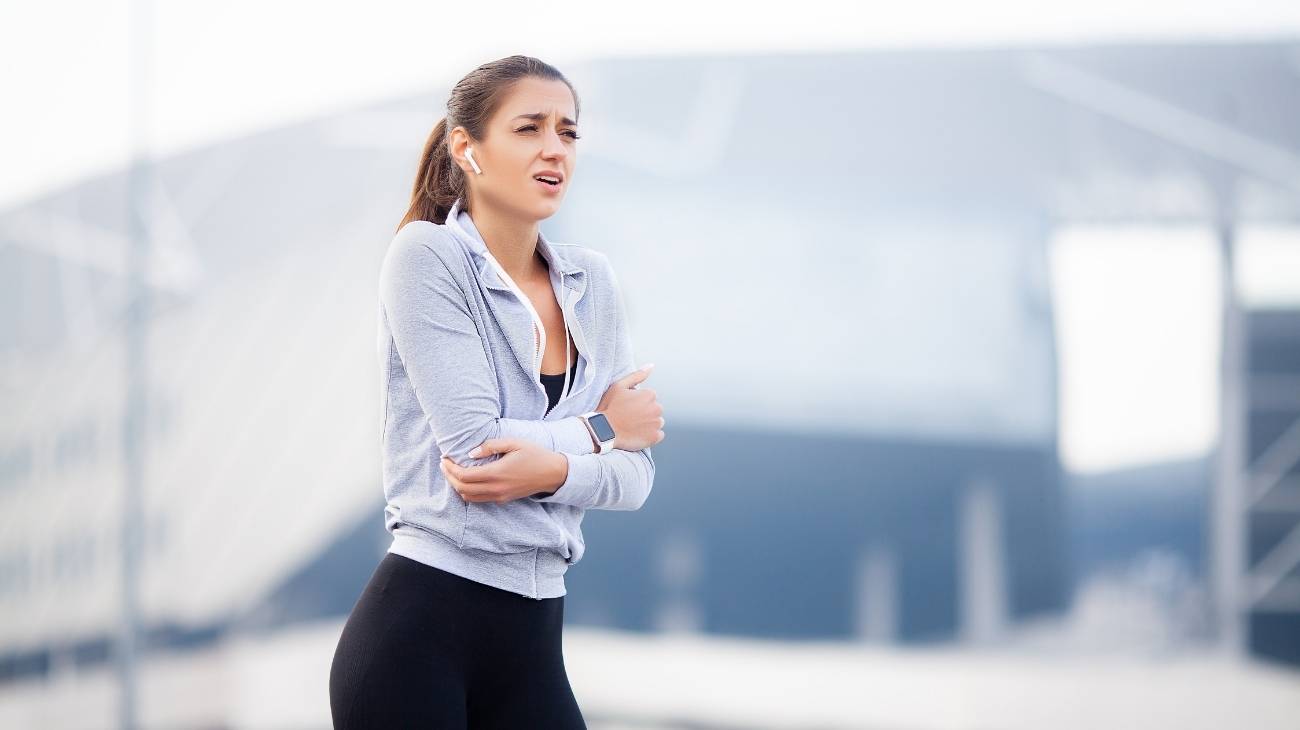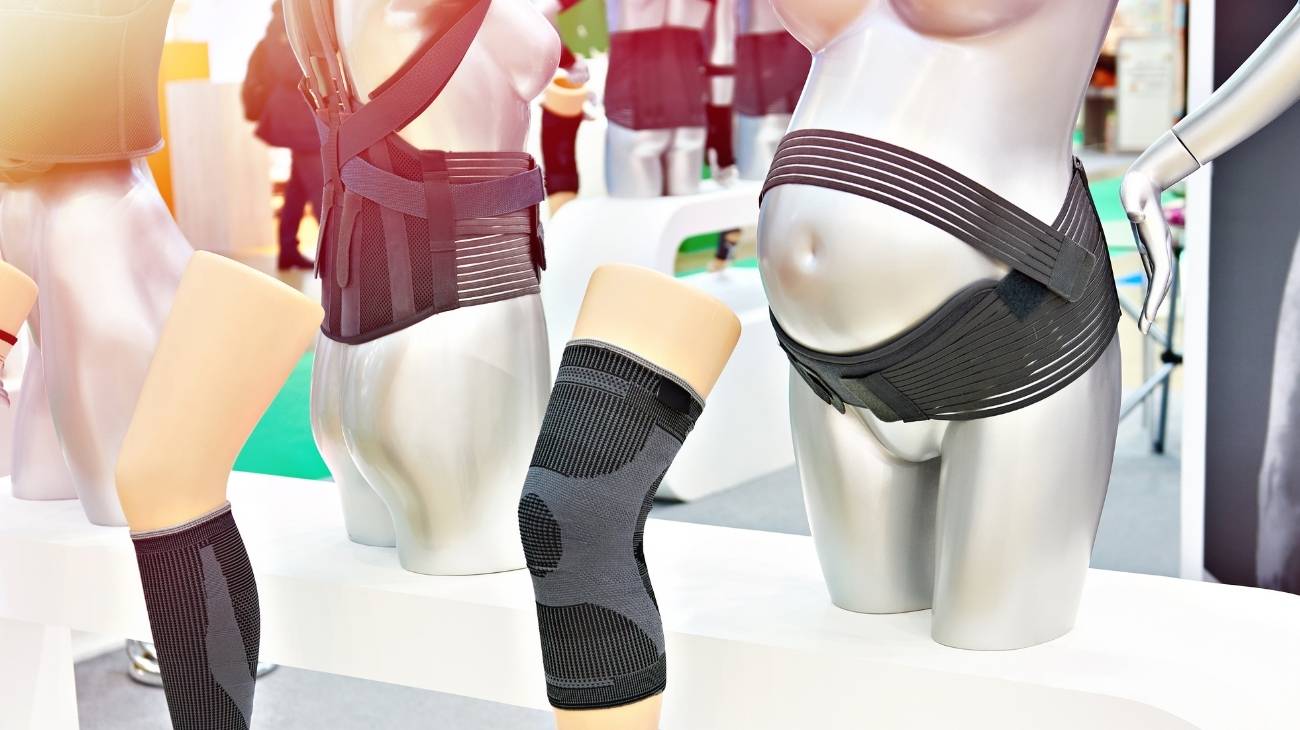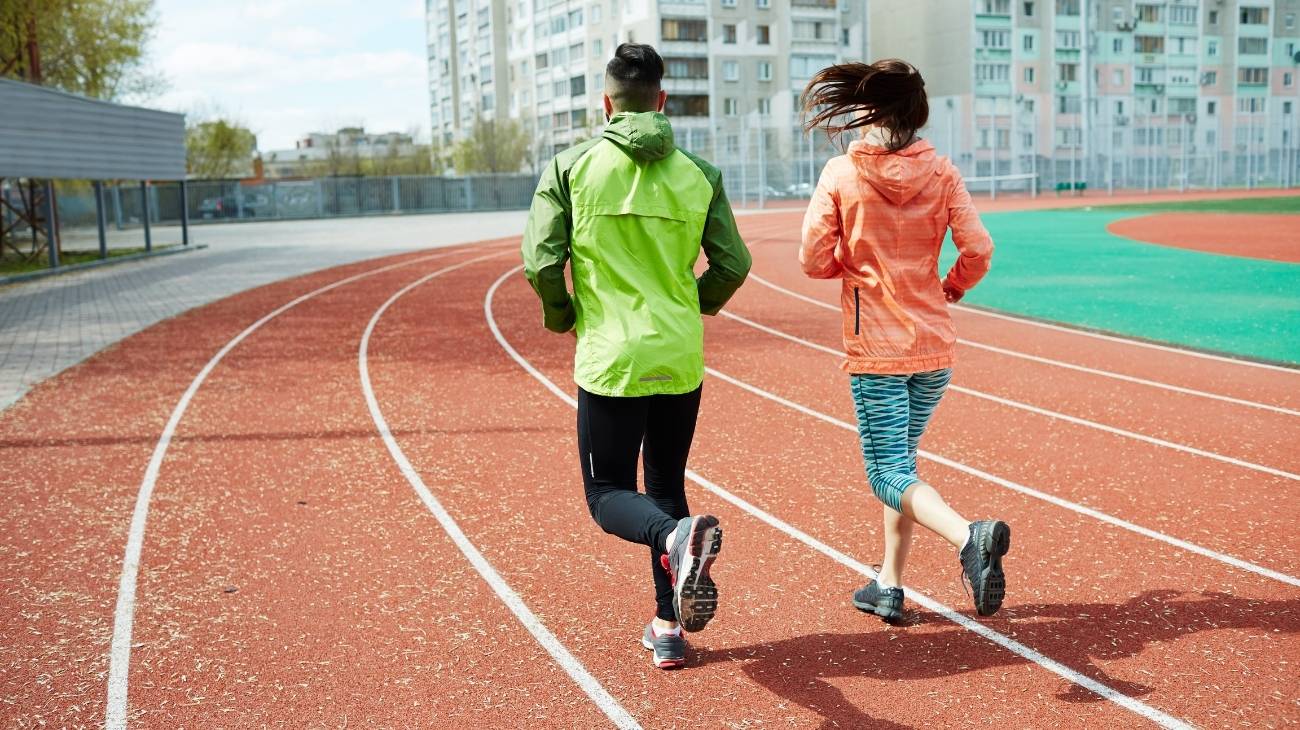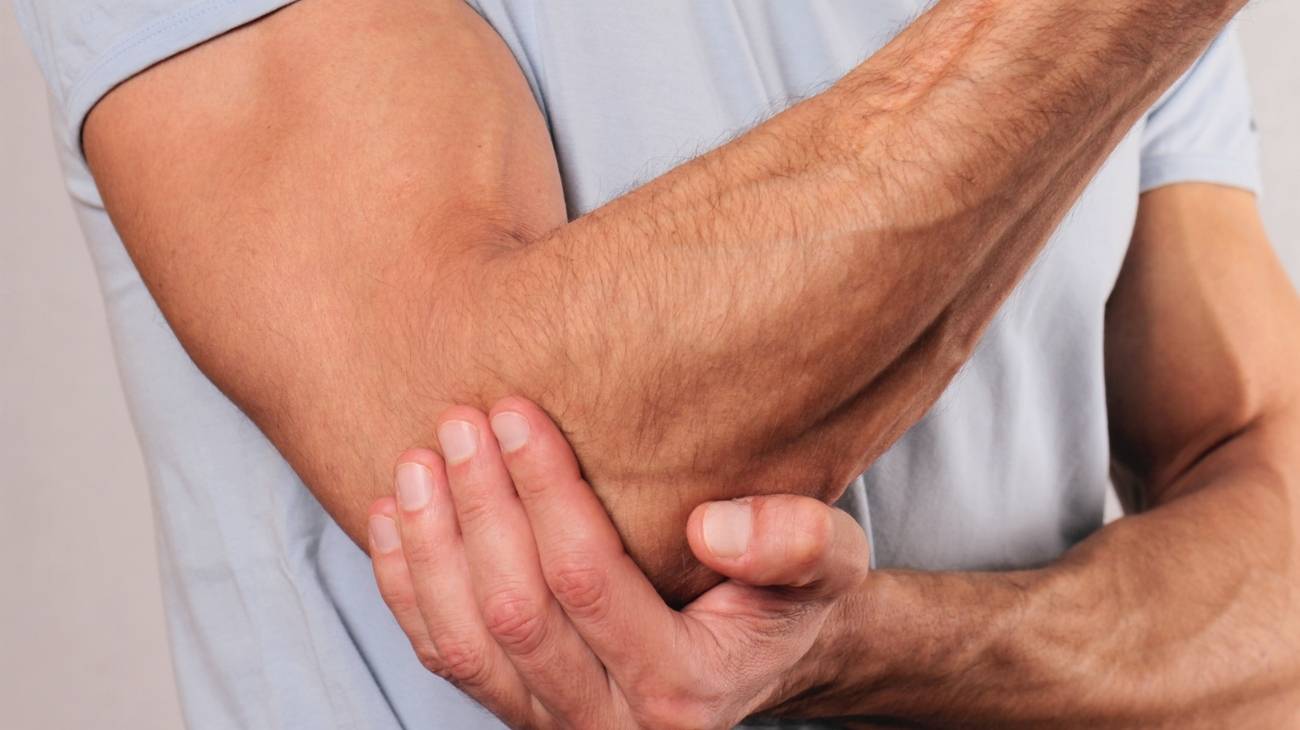Cycling is one of the most widely practiced sports in the world, whether it is professional or amateur, and requires a lot of discipline and stamina to be able to perform it properly. Although it has many health benefits, it is also true that they are very prone to injury, most commonly to the knee.
To avoid these accidents in that joint, the best thing to do is to use knee compression sleeves, which will be explained in detail in the following article with their types, characteristics, function and even the most frequent injuries of cyclists.
What are the most common knee injuries when we cycle?
Cycling is a very hard and demanding sport, it requires a lot of preparation and endurance. To be able to do this, you must use your feet and legs, and with these you must pedal constantly until you reach your goal. Not warming up, overloading or sudden movements in the knee can cause injuries to a lesser or greater extent, and here we will name the most frequent ones.
Goosefoot Tendinitis
It is an injury that usually occurs in sportsmen, people with arthrosis, who are overweight or generate an overload in the knee. Also known as the tendons of the medial side of the knee, it is made up of the tendons of three muscles: internal rectus, sartorius and semitendinosus. These are found on the inner side of the joint and when these tendons become inflamed they cause pain, stiffness and oedema.
Their causes may be because the knee is deviated, problems in the position of the cyclist on the bicycle or trauma. This is the most frequent injury in cyclists and can be caused by poor handling of the pedalling due to the force being generated in the flexor apparatus.
Chondromalacia of the patella
Chondromalacia is caused by a cartilage condition, but by mentioning the kneecap, it would be specifying that it affects the cartilage underneath it. It can be caused by any traumatism but, the most frequent is by overuse, the main symptom is pain in the knee.
The most affected are the sportsmen, we could say that almost all the disciplines are prone to suffer it. Cyclists tend to suffer from wear and tear of the cartilage when they make excessive use of it; that is, when you practice or train daily without rest. Also, when you ride on land or in rough spaces, as the knee receives the full impact of the ride.
Tendinitis of the lata fascia
Also known as iliotial band syndrome, it is produced by the overuse or friction of the iliotial band, which is a thick tendon that runs from the pelvis to the tibia. This generates an inflammation in the tendon of the tensor muscle of the fascia lata which is very painful, focusing this discomfort on the lateral area of the knee.
Cyclists are the most affected, because, by the very nature of the sport, they must constantly and aggressively use the entire lower area of their body, flexing and extending the knee until it reaches a point of overuse of the joint and this swelling occurs. It should be noted that the pain increases as you use it more, therefore, you should keep absolute rest because otherwise the discomfort will reappear.
Dislocation of the knee
Subluxation occurs when the kneecap slides just a little bit out of place. It should be noted that the kneecap is a bone that is intended to protect the knee and the quadriceps joint, so that without it, the joint cannot be bent, flexed or extended. It can be produced by a strong blow or some trauma in that area, causing great pain and without the possibility of pedalling.
Cyclists can suffer from subluxation due to the pressure they exert on the kneecap while pedalling constantly and intensely. This trauma could occur again because the tissues around the bone are weak, so the use of a knee brace is recommended so that it can support the joint and prevent further injury.
Ruptured meniscus
It is a very common knee injury that directly affects the meniscus. Its causes are numerous, it can be an accident, strong turns, incorrect movements and even your own body weight could cause this contraction; which causes stiffness, pain and swelling in the area.
As it is a common traumatic cause among the population, it creates greater danger for cyclists, especially amateurs, who are not aware of the great exposure they have when suffering accidents, whether due to high speeds, bicycle mechanics or traffic, because they practice on roads with car traffic. The best way to avoid this breakage is to use the appropriate protection, such as knee pads, which would prevent this type of injury.
Bestseller
What type of knee braces and patellar straps are best for cycling injuries?
Although cycling can be an accident prone sport, it is also true that there are solutions for it. You can avoid and treat all kinds of injuries with knee braces and patellar straps that are specially designed not to hinder the practice of your favourite sport in any way. Here we will explain the most commonly used to treat injuries caused during cycling.
Knee compression sleeves
They are the most recommended and used in cycling and sport in general, because they are made to provide the best support, support and protection to the knee, without generating greater effort and work. You can feel safe at all times during the race. Also, they are indicated to treat milder injuries, because the compression helps to diminish the pain and gives the stability that the joint needs to heal.
Knee supports
They are designed for therapeutic purposes that provide stability in the knee, resulting in rapid recovery from injuries, pain relief, sprains, reduces inflammation and of course, helps instability, they are also used as post-operative treatments. Although, their use is not only for the treatment of pain, it is also possible to place them in sports such as cycling, with which you can ensure that the joint does not suffer during the actions of pedaling and a greater relaxation of these.
Post-operative knee braces
There are great differences between this type of knee braces with the rest, since they are used only after a surgical intervention. Their main function is to provide stability and a good temperature to the area to be treated in order to achieve a fast and progressive recovery. It also relieves the pain that is so common after any surgery and keeps the ligaments aligned. So, this is the best way to recover from any knee operation; and to return to cycling routes, use the compressive knee sleeves indicated by the specialist so as not to run any risks.
Patellar straps
It is a simple but very useful model for treating light or very specific injuries to the patella, such as those to the meniscus or chondromalacia, which are very common in cycling. They are placed on the surface of the knee and generate constant pressure on the area to be treated and this causes a significant reduction in tension or acute pain.
What features should you consider before choosing the best sports knee brace for cycling?
Before making any purchase, you should know the product in detail, or at least the important aspects. The first thing you must know is the use you will give it, and then proceed to other aspects such as materials, price, sizes or designs. All these doubts can be clarified in the following section.
According to its function
- Pain relief knee braces: In cycling, ailments can be very frequent, especially in the knee, due to the overload that is usually exposed to it. Sports knee braces can prevent and alleviate these discomforts as they generate a state of rest in the ligaments, so you don't have to cancel any races.
- Protective knee supports: This garment is widely used in order to protect you from any injury produced during the movement of the knee, this is because a trauma in that area could cause the end of the race or the practice of this sport. The knee braces are made of different materials such as silicone or perhaps padding, which avoids any direct impact on the joint and also, because it is a stabiliser, prevents the sudden movements that are so frequent in cycling.
- Open knee brace: This piece has the particularity of having an opening in the front of the knee, generating a perfect adaptation to the kneecap. This point is very relevant because the knee brace becomes a support so that the joint does not make as much effort when using it. So, it could be a viable option for cyclists who do not want to put too much work into this joint.
- Closed knee braces: Covers the entire knee area perfectly. It is mostly used after an injury or, some athletes prefer to cover the entire joint so they have more protection. For those who practice cycling, it could be very useful if they do not want to expose the kneecap in the event of an accident.
Manufacturing material
The market for these garments has expanded greatly, as have their materials. Today they use those that are breathable to absorb humidity and adjustable to the body, so that it does not move from its initial place and generates the compression that is needed. Some of the materials are spandex, nylon and neoprene. These are used in different percentages (depending on the use that will be given) so that the quality and functionality is much greater.
It is advisable not to buy products that have seams, as it generates discomfort in their use. Confirm that the knee brace is hypoallergenic, and even more so if you are prone to allergic reactions, as this will ensure your well-being.
Type of support
Ensuring that the garment is completely in place and that it does not slip or move no matter what movements are being made is very important, especially for cyclists as this could be detrimental to the timing of a professional race. Here we recommend and explain some materials that you can use to avoid this type of accident.
- Velcro: This is a type of closure widely used in knee supports, due to the comfort, ease and support it provides. It is usually also used to increase compression, so you will have two functions in one material.
- Hinges: It is a closing mechanism, much smaller than the velcro, but harder. They are often placed on the sides, which makes the joint more stable, as it makes it impossible for the knee brace to move due to its great adjustment, which can determine the person who will use it.
- Neoprene: This is the most commonly used material in the manufacture of ankle braces. It adjusts perfectly to the skin and provides all the benefits that this garment has for you without the need for any external article. The most recommendable thing is to test its efficiency in the practices because, in spite of being comfortable, it does not have a subjection as deep as the previous ones.
Size
When choosing the knee brace, one of the relevant points to fulfil this objective is to know the size of the joint. This can be done with a tape measure placed on the perimeter of the knee to measure its circumference and compare it with the manufacturer's indications for your size.
| SIZE | S | M | L | XL |
|---|---|---|---|---|
| CM | 28-34 | 35-41 | 42-47 | 48-55 |
| IN | 11-13 | 13.5-16 | 16.5-18.5 | 19-21.5 |
| WHERE TO MEASURE? | ||||
| Measure the circumference of the thigh, 4 inch/10 cm up from the center of the kneecap (*View image) *Note: If after measuring you are between two sizes, choose the larger size |
||||
Design
Most knee braces are unisex, so you won't have any trouble finding the right garment. The colours they use most are black, white, grey, blue and green, together with figures or lines that give them a modern and pleasant touch to the eye.
Cyclists have a lot of advantage in their use, because they are made with the best materials so that they can make the necessary flexion and fulfill the objective of the sport. In addition, their designs can even be personalized. So you can get the one that looks most like you, or also, give it a personal touch and you will always feel supported.
Price
There are many designs and models on the market today, so knowing a price will depend on many factors such as: type of knee brace, material, utility, product quality, design and manufacture. But, thanks to the globalization provided by the Internet, it was possible to make a price statistic, in which a budget will be estimated from the lowest to the most expensive.
Do knee compression sleeves really work in cycling?
There are different types of opinions on the use of these knee braces, most of which are favourable. This is because their protection and recovery benefits have been confirmed by various studies over the last few decades. Initially created for therapeutic purposes, they have now become the best option for any sportsperson.
To demonstrate that it does work in cycling, a brief summary of its benefits will be given:
- It prevents and improves injuries.
- It generates a better transport of the blood circulation.
- It helps to prevent serious conditions such as lymphedema and varicose veins.
- Relieves pain.
- De-inflammation.
So, don't wait to have some trauma in that area to start using it because, a bad movement could be definitive for the end of your career. You don't need to go to a specialist to find out which knee brace to buy, as you can use it with a light level of compression for your daily development. So, there are no excuses when it comes to your health and wellbeing, so take a step ahead of the problem.














